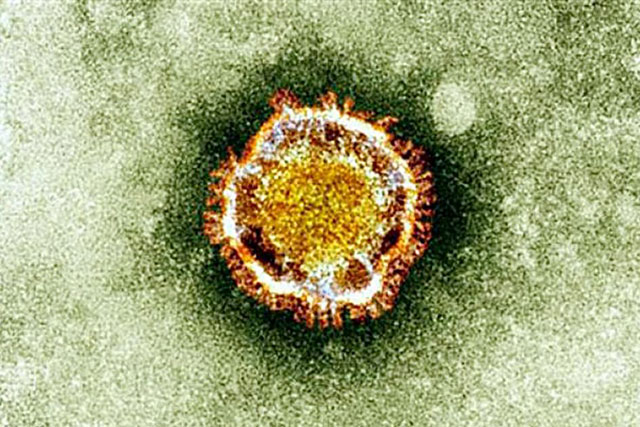SUMMARY
This is AI generated summarization, which may have errors. For context, always refer to the full article.

GENEVA, Switzerland – The global number of infections with the deadly MERS virus has risen to 136, after hard-hit Saudi Arabia confirmed six new cases, the World Health Organization said Friday.
Glenn Thomas, spokesman for the UN health agency, said it had been informed by Saudi authorities that the virus had been detected in three men and three women in the capital Riyadh.
The virus, which appeared first in the kingdom last year, has killed 58 people worldwide, 49 of them in Saudi Arabia, according to official Saudi figures and the World Health Organisation (WHO).
MERS stands for Middle East Respiratory Syndrome coronavirus, in a nod to the fact that the bulk of the cases have been in that region.
The fact that Saudi Arabia accounts for the overwhelming majority of cases and deaths has raised concerns about this month’s annual hajj pilgrimage to Mecca and Medina, Islam’s holiest sites, which lie in the kingdom.
The hajj is one of the largest gatherings in the world, and there are fears that pilgrims could carry the virus back to their homelands.
But Saudi authorities have said they are optimistic that the hajj will pass off without outbreaks, given that faithful Muslims undertake lower-level pilgrimages at other times and there has been no mass spread of MERS.
Saudi Arabia has, however, urged the elderly and chronically ill to avoid the event.
Experts are struggling to understand MERS, for which there is still no vaccine.
READ: Gene map helps trace spread of MERS virus
It is considered a deadlier but less-transmissible cousin of the SARS virus that erupted in Asia in 2003 and infected 8,273 people, nine percent of whom died, and sowed economic chaos.
Like SARS, MERS is believed to have jumped from animals to humans. It shares the former’s flu-like symptoms, but differs by also causing kidney failure. – Rappler.com
Add a comment
How does this make you feel?
There are no comments yet. Add your comment to start the conversation.